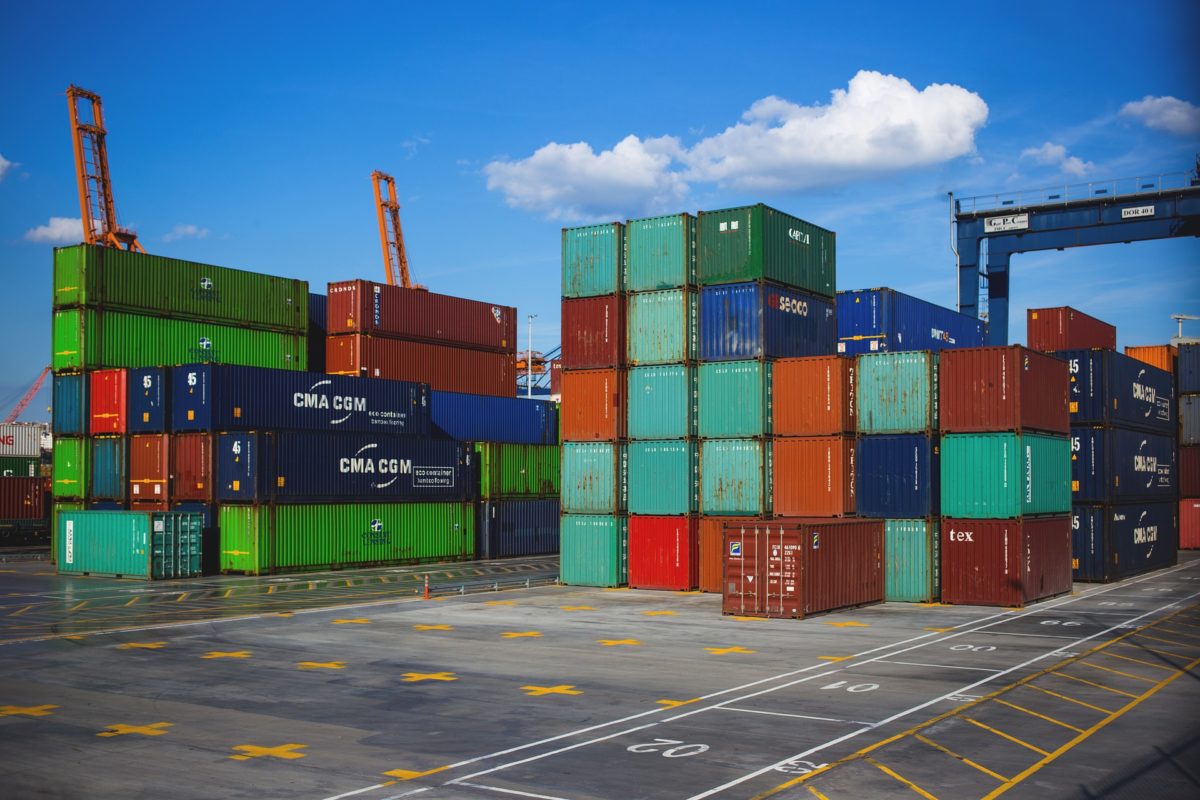From pv magazine USA
The Solar Energy Industries Association (SEIA) in December launched a campaign against forced labor, announced the development of a supply chain traceability protocol for materials used to produce solar modules, and said it was “strongly encouraging” member companies to move their supply chains out of the Xinjiang region of China.
In early February, SEIA and 175 member companies signed a pledge opposing forced labor in the solar supply chain. In an interview with pv magazine USA, SEIA president and CEO Abigail Ross Hopper announced a goal for companies to readjust their supply chains by June.

Global solar wafer production is almost completely in Chinese hands, but mostly not located in Xinjiang (with the notable exception of one major vertically integrated manufacturer).
What will likely happen is this: Wafer manufacturers, who usually blend polysilicon volumes from different suppliers, will exclude feedstock from Xinjiang from the mix for part of their production in order to offer “Xinjiang-free” wafers. Those can then be used for solar cells and modules destined for export to the U.S.; European customers will probably demand products untainted by forced labor as well.
Service providers, such as Clean Energy Associates, will conduct supply chain audits that ensure the necessary evidence at customs.
In terms of volumes, this shift in wafer production will not pose a major challenge. PV installations in the U.S. and Europe together made up roughly 30% of the global market in 2020.
In contrast, around 45% of the global solar-grade polysilicon output in 2020 came from the four Xinjiang-based manufacturers: Daqo, Xinte, Xinjiang GCL and East Hope. Conversely, this means that 55% was produced outside Xinjiang (35% in other Chinese regions and 20% outside China).
Popular content
That’s more than enough to supply the PV markets in the U.S. and Europe. Should international project developers jump on the anti-forced-labor bandwagon, however, the PV supply chain could experience major friction.
The base for a western supply chain is modest
Michael Parr, executive director of the western Ultra Low-Carbon Solar Alliance, has now suggested that excess polysilicon production capacities in the U.S. and Europe could support the shift of supply chains away from Xinjiang. Such a contribution – if realistic at all – would be very small, though.
Apart from a tiny 1,600-ton facility in Germany, it is not clear where Parr sees dormant polysilicon factories in Europe. In the U.S., REC Silicon’s mothballed plant in Moses Lake, Washington, and decommissioned reactors at Hemlock Semiconductor might provide an additional capacity of 40,000 metric tons. Compare this to a capacity of 330,000 tons which the four players in Xinjiang are aiming to achieve by the end of this year.
Tensions are heating up globally surrounding the issue of forced labor, with calls increasing for supply chain transparency, and EU draft legislation recently published on corporate due diligence and accountability to improve upon the currently available voluntary measures. Against this backdrop, pv magazine’s UP Initiative will spend Q2 2021 looking at what solar and energy storage companies can do to lead by positive example when it comes to the workers, often far removed, involved in the production of their products and services.
Even if an additional 40,000 tons was available in the U.S., a wafer production capacity of 14 GW outside China would be required to process these volumes. This magnitude is not yet in sight.
Creating an alternative supply chain will be no cakewalk – it is a monumental task.
Johannes Bernreuter is head of Bernreuter Research and author of The Polysilicon Market Outlook 2024.
The views and opinions expressed in this article are the author’s own, and do not necessarily reflect those held by pv magazine.
This content is protected by copyright and may not be reused. If you want to cooperate with us and would like to reuse some of our content, please contact: editors@pv-magazine.com.


Forced labour is completely unacceptable. There are obviously issues to solve here involving politics, regulation and corporate & social responsibility. They are market problems that need to be considered and fixed. However, we need to bear in mind that climate change is a global existential threat and we should not use problems with the solar PV market as an excuse to revert to oil and gas and backslide on the essential task of delivering a renewable energy economy.